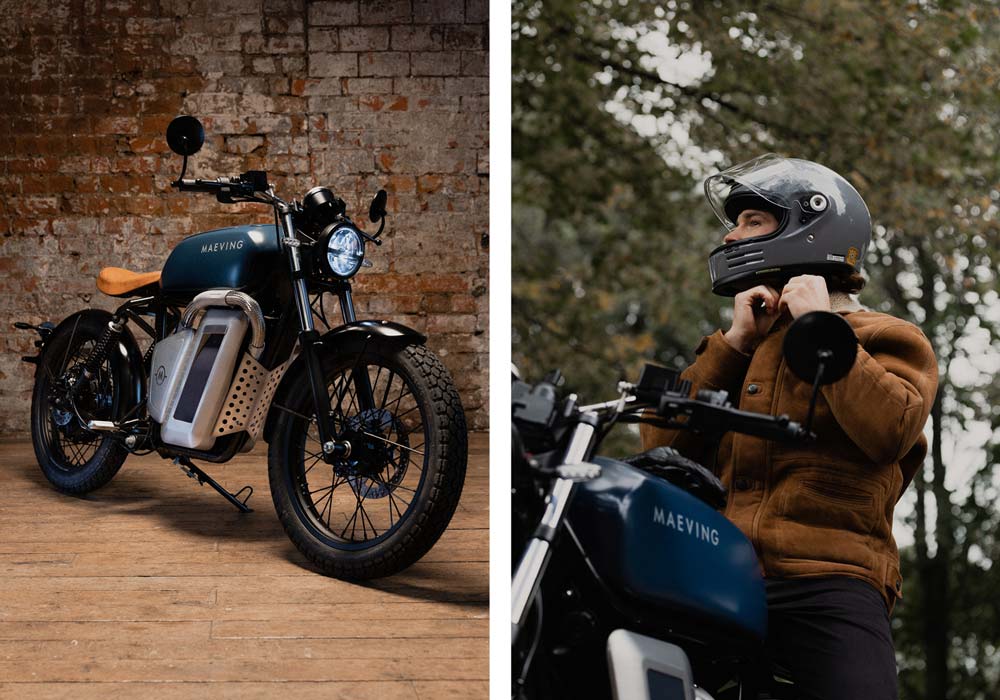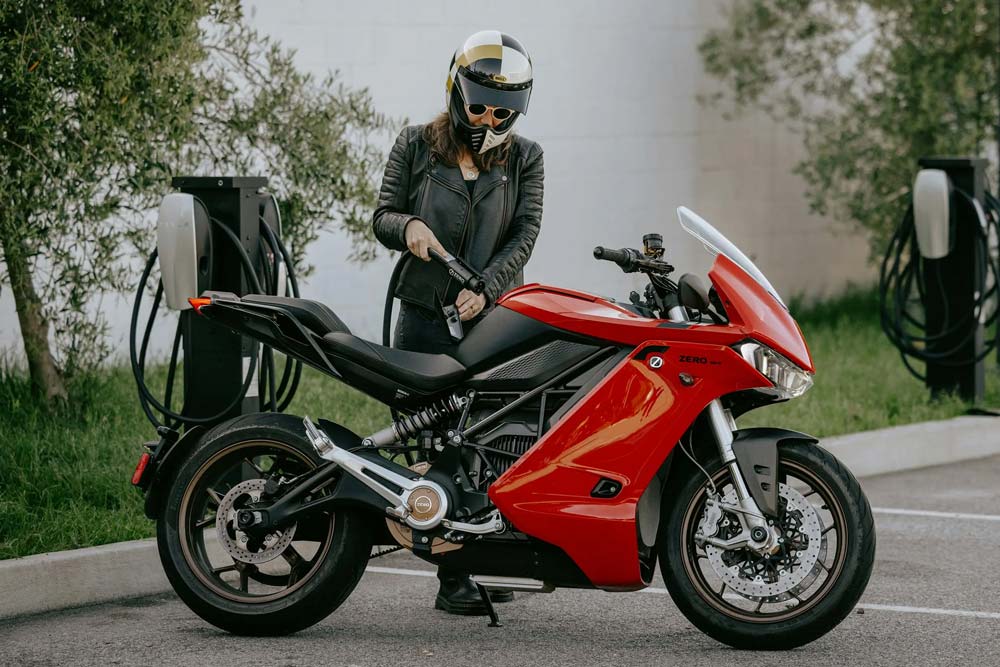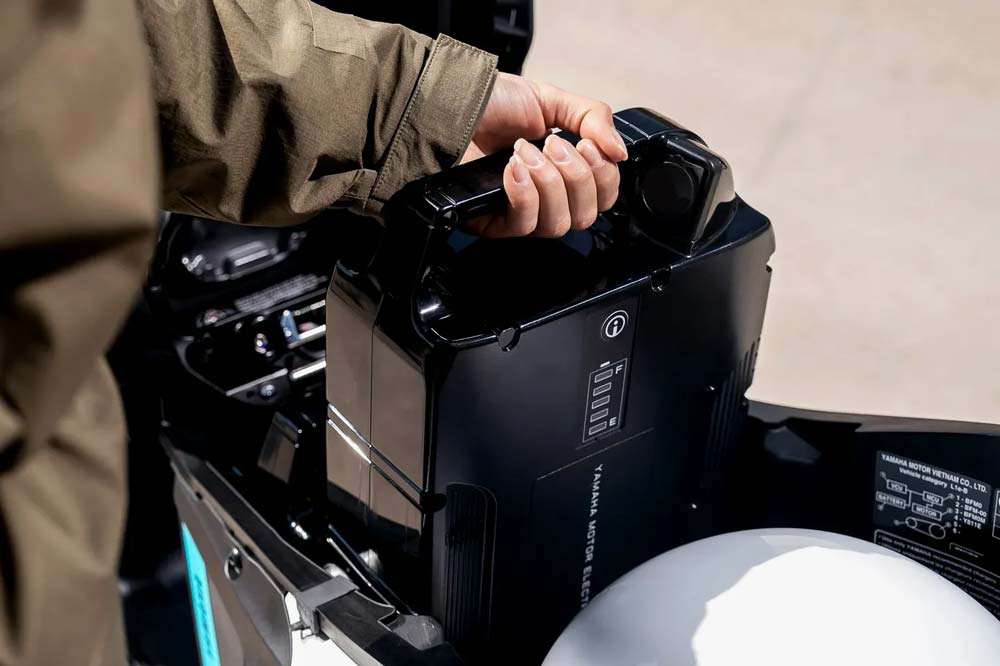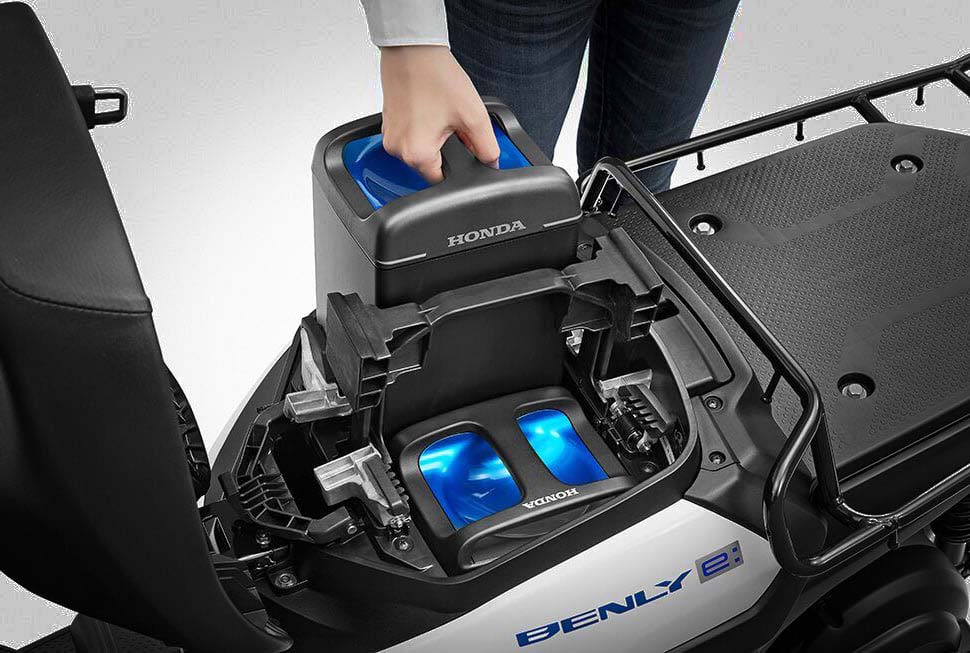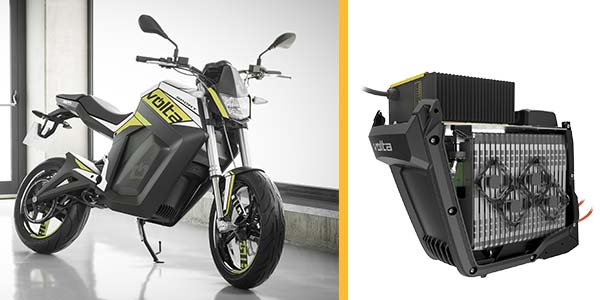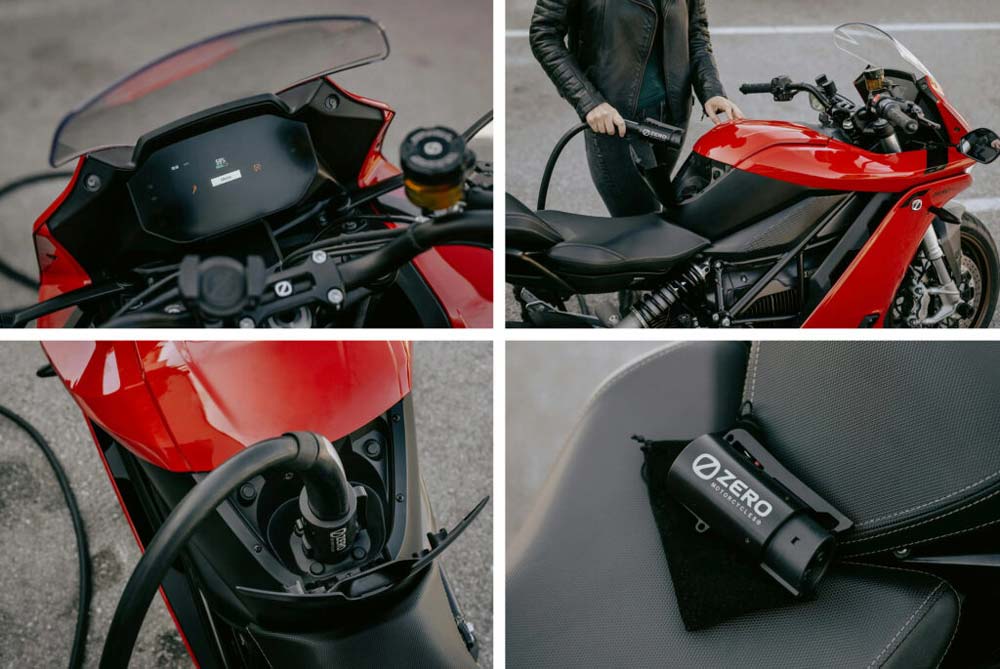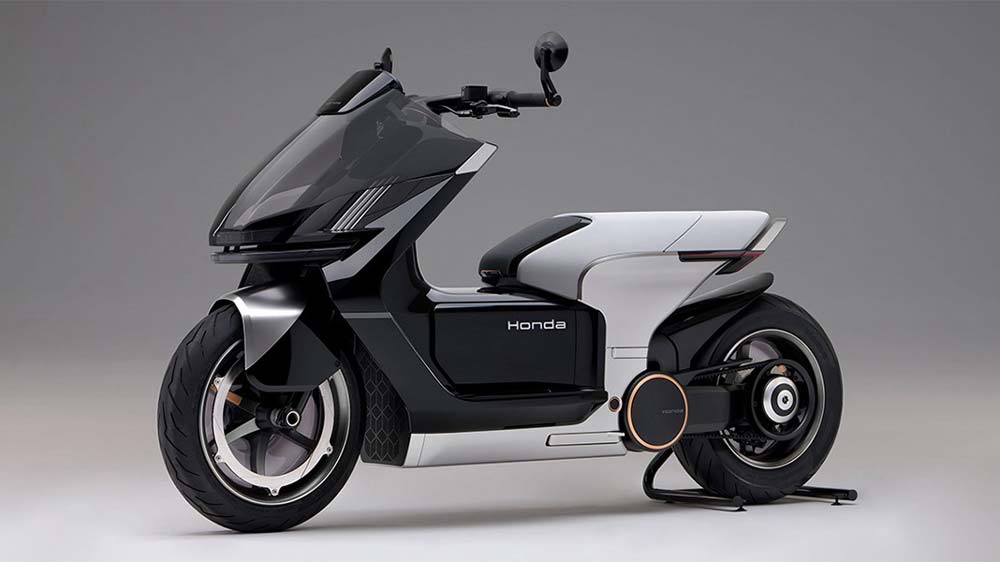Electric Motorcycles & Battery Innovation: The Future of Motorcycle Design

Introduction
The world of motorcycle design is undergoing a revolutionary transformation. As the global demand for sustainable transportation options grows, the electric motorcycle has emerged as a key player in the race towards greener, more energy-efficient vehicles. But it’s not just about replacing gasoline engines with electric motors; the future of electric motorcycles is closely tied to the incredible advancements in battery technology. With breakthroughs in power storage, energy efficiency, and charging capabilities, battery innovation is driving the electric motorcycle trend, unlocking new possibilities for performance, design, and user experience.
In this blog post, we’ll explore the exciting advancements in electric motorcycle design, focusing on how battery innovation is shaping the future of two-wheeled transportation. We’ll discuss the role of batteries in enhancing electric motorcycles’ range and performance, examine key trends and developments, and look at some of the most innovative electric motorcycle designs on the market today.
The Rise of Electric Motorcycles
Electric motorcycles are gaining traction as more consumers and manufacturers embrace sustainable transportation solutions. The appeal of electric motorcycles lies not only in their eco-friendliness but also in their unique benefits compared to traditional gas-powered bikes. These include quieter rides, lower maintenance costs, and the potential for zero emissions, making them a great alternative for urban commuting.
The transition to electric motorcycles is also being fueled by advancements in battery technology, which have significantly improved the range, performance, and charging speed of electric bikes. No longer constrained by short ranges or long charging times, modern electric motorcycles are becoming more viable for daily use, long-distance travel, and high-performance racing.
With the rise of electric motorcycles, motorcycle manufacturers are rethinking the entire design process, from powertrains and battery placements to aesthetics and rider ergonomics. The integration of innovative battery solutions is at the core of this transformation.
The Role of Battery Innovation in Electric Motorcycle Design
Battery innovation plays a pivotal role in the performance and design of electric motorcycles. Batteries are not just the power source; they are central to how an electric bike rides, performs, and integrates into the rider’s lifestyle. Key aspects of battery innovation that influence electric motorcycle design include:
- Energy Density: The energy density of a battery determines how much power can be stored in a given space. As battery energy density increases, manufacturers can create lighter, more compact batteries that still offer long-range capabilities. This enables electric motorcycles to be more efficient, lighter, and have a more balanced design.
- Battery Placement: With electric motorcycles, the placement of the battery is crucial for maintaining balance and handling. Manufacturers are using advanced battery technology to design more efficient, compact, and integrated battery packs, allowing for better weight distribution, handling, and aesthetics.
- Charging Speed: The development of fast-charging batteries has been a significant breakthrough for electric motorcycles. The ability to quickly charge batteries without compromising their lifespan is critical to making electric motorcycles more practical for everyday use. Many modern electric motorcycles are now capable of fast-charging in a fraction of the time it would take traditional bikes to refuel.
- Battery Lifespan: Advances in battery longevity are helping make electric motorcycles more cost-effective over time. Longer-lasting batteries mean fewer replacements, which enhances the overall appeal of electric motorcycles for users who want an environmentally friendly and low-maintenance option.
Key Advancements in Battery Technology
Battery technology has evolved rapidly in recent years, with many innovations reshaping the performance and usability of electric motorcycles. Some of the most notable advancements include:
- Lithium-Ion (Li-ion) Batteries: Li-ion batteries remain the gold standard for electric vehicles, including motorcycles. These batteries have a high energy density, are lightweight, and offer relatively long life cycles compared to other battery technologies. Many modern electric motorcycles use advanced Li-ion battery packs that can provide longer ranges and faster charging times.
- Solid-State Batteries: Solid-state batteries are a promising new technology that could drastically improve the performance of electric motorcycles. These batteries use a solid electrolyte instead of the liquid electrolyte found in traditional lithium-ion batteries, which could lead to even higher energy densities, faster charging times, and improved safety. Though still in the development phase, solid-state batteries have the potential to revolutionize the electric vehicle industry.
- Battery Management Systems (BMS): A critical component in modern electric motorcycles, the Battery Management System (BMS) helps manage charging and discharging processes to ensure optimal performance, safety, and longevity. Advanced BMS technology enables more efficient energy use, extending the lifespan of the battery and improving the overall performance of the electric bike.
- Swappable Batteries: In response to concerns about long charging times, several companies are working on systems that allow users to swap out depleted batteries for fully charged ones at designated stations. This would eliminate the need for long waiting times and allow electric motorcycles to be used more easily for longer trips.
Electric Motorcycle Design Trends
As battery innovation continues to evolve, we’re seeing exciting changes in electric motorcycle design. Some of the key design trends driven by battery technology and sustainability include:
- Minimalist and Sleek Designs: Electric motorcycles are moving away from bulky, complex gas-powered designs and towards minimalist, sleek aesthetics. The integration of smaller, more compact battery packs allows designers to streamline the bike’s appearance, creating a modern, clean look.
- Customizable and Modular Designs: With advancements in battery technology and powertrains, electric motorcycles are becoming more modular, allowing for customizable options based on the rider’s preferences. Some bikes offer removable or swappable battery packs, enabling users to modify the bike’s range or weight according to their needs.
- Sustainable Materials: As the electric motorcycle market grows, many manufacturers are prioritizing sustainability in design. Beyond the electric powertrain, companies are increasingly using eco-friendly materials, such as recycled plastics, sustainable fabrics, and lightweight metal alloys, to make motorcycles that have a smaller environmental footprint.
- Advanced Rider Interfaces: Electric motorcycles are incorporating more advanced digital interfaces, with many featuring digital dashboards, smartphone apps, and connectivity features that allow riders to monitor battery life, track performance, and control the bike’s settings remotely.
Case Studies: Electric Motorcycles Leading the Charge
Zero Motorcycles:
Zero Motorcycles is a leader in the electric motorcycle industry, offering bikes with impressive range and performance capabilities. Their S and FXS models feature advanced battery technology that offers up to 223 miles of range on a single charge. Zero Motorcycles is at the forefront of combining high-performance engineering with eco-friendly solutions.
Harley-Davidson LiveWire:
The Harley-Davidson LiveWire is one of the most well-known electric motorcycles on the market today. With its sleek design, powerful electric motor, and a high-capacity battery pack that allows for up to 146 miles of range, the LiveWire has positioned Harley-Davidson as a key player in the electric motorcycle market. Harley-Davidson has embraced innovative battery technology to ensure that the LiveWire is both powerful and practical for everyday use.
Lightning Motorcycles LS-218:
Lightning Motorcycles offers the LS-218, an all-electric sportbike that holds the title for the world’s fastest electric motorcycle. With a top speed of 218 mph and a battery that allows for a range of up to 180 miles, the LS-218 demonstrates how far electric motorcycle performance has come, thanks to cutting-edge battery technology and powertrain systems.
Energica Ego:
Energica’s Ego series offers high-performance electric motorcycles with fast-charging capabilities and ranges that rival traditional gas-powered bikes. Energica’s focus on long-lasting batteries and high-performance electric drivetrains has earned the brand a reputation for combining speed, power, and sustainability.
How You Can Embrace Electric Motorcycle Design in Your Work
As a designer or engineer working on electric motorcycles, there are several ways you can leverage battery innovation and sustainability to create cutting-edge designs:
- Prioritize Lightweight Design: Focus on making electric motorcycles as lightweight as possible by using efficient battery technology and sustainable materials. This will improve the bike’s performance, handling, and range while reducing its environmental impact.
- Integrate Smart Technology: Incorporate digital elements into your designs, such as app connectivity, touchscreens, or custom dashboard options. By integrating smart features, you can create an enhanced user experience that appeals to modern riders who want more control over their bikes.
- Focus on Sustainable Materials: Choose eco-friendly materials that not only reduce the motorcycle’s carbon footprint but also create visually appealing designs. Sustainable materials such as recycled plastics, bamboo composites, and biodegradable components are gaining popularity in motorcycle manufacturing.
- Incorporate Aesthetic Flexibility: Embrace modular design elements that allow users to personalize their electric motorcycles based on performance and aesthetic preferences. Offering customizable options, such as removable battery packs or adjustable powertrains, can appeal to a broader range of customers.
Conclusion
The electric motorcycle revolution is well underway, and it’s clear that battery innovation will continue to drive this transformation. With advancements in battery technology, electric motorcycles are becoming more powerful, efficient, and user-friendly, offering riders a sustainable and thrilling alternative to traditional gas-powered bikes. As the technology continues to evolve, we can expect even more exciting developments in the world of electric motorcycles, pushing the boundaries of what’s possible in both performance and design.
As a designer or manufacturer, embracing the potential of electric motorcycles and battery innovation offers an opportunity to lead the way toward a more sustainable future in the world of two-wheel transportation.
References
Harley-Davidson, 2022. Harley-Davidson LiveWire: Revolutionizing Electric Motorcycles. Available at: www.harley-davidson.com [Accessed 2 March 2025].
Zero Motorcycles, 2023. Zero Motorcycles: Pioneering the Electric Revolution. Available at: www.zeromotorcycles.com [Accessed 2 March 2025].
Energica, 2023. Energica Ego: The Future of Electric Motorcycling. Available at: www.energicamotorcycles.com [Accessed 2 March 2025].
Lightning Motorcycles, 2023. Lightning LS-218: Leading the Charge in Electric Performance. Available at: www.lightningmotorcycle.com [Accessed 2 March 2025].

Introduction: The Man Who Revolutionized Manufacturing When we think of Henry Ford, we often think of the automobile—his name is…
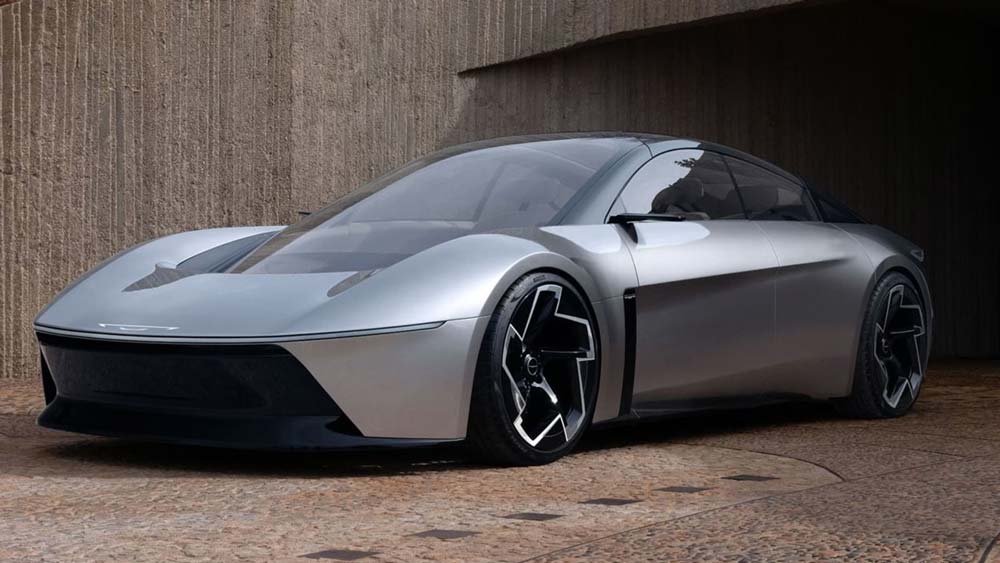
Introduction: The Rise of Electric Cars in Automotive Design Over the last few decades, electric vehicles (EVs) have become a…
